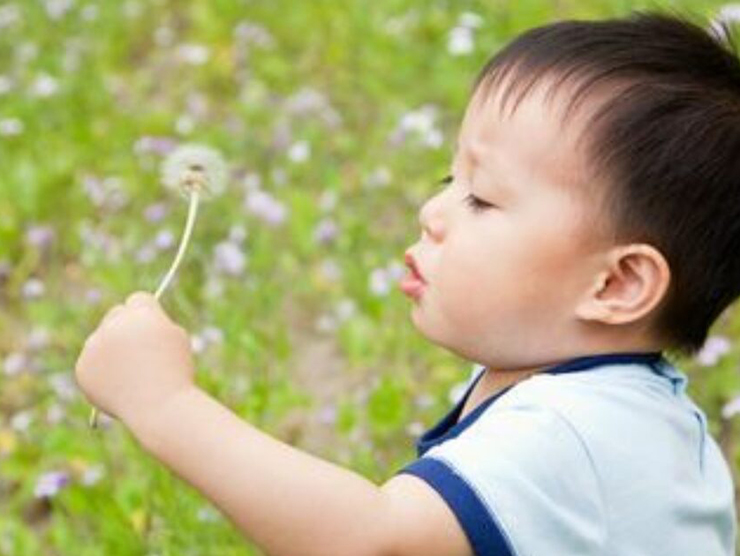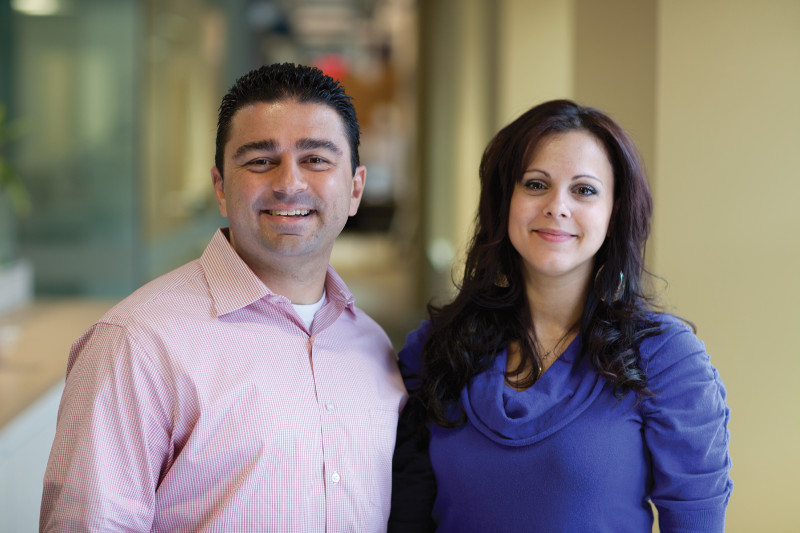This activity promotes development and learning by encouraging children to use their senses to explore and interact with the environment, to understands and use a growing vocabulary.
Materials Needed:
- Bucket or container to collect sensory items
- Area or space to walk
- List of emotion words (below)
- Paper and pencil
Participants:
This activity is intended for adult/child interaction and can be enjoyed by 2 or more participants/players.
Directions:
- With your child find a bucket or container to collect items you find on your sensory walk.
- Determine where you will take your sensory walk, this can be a walk outdoors or around your home. If in your home, think of items and materials that you use that are new or you are introducing to your child to engage their senses.
- Collect items or materials as you walk. For each item you collect, encourage your child to explore it with their senses by asking open ended questions. For example: “How does this feel in your hands or on your feet?” “What does it smell like?” “Does it make a sound? What does it sound like?” Introduce new words to your child to build their vocabulary.
- Don’t forget to notice sounds you may hear as you walk that won’t fit in your collection bucket— birds singing, dogs barking, etc.
- Don’t forget to notice sounds you may hear as you walk that won’t fit in your collection bucket— birds singing, dogs barking, etc.
- As you discuss each item with your child, encourage them to notice how their body is moving. For example, are they hesitant to touch something? Are their muscles tense? Then talk about how each item makes them feel, extend beyond typical ‘happy’ or ‘sad’ vocabulary. For example: “Your shoulders are raised and your hands were on your ears when we heard the dogs barking. It looks like you are feeling anxious.”
- Create a list of all the feeling words you used during your senses walk. Keep your list visible for you and your child to continue to use throughout your day.
Suggested List of Emotion Words to Build Emotional Vocabulary:
- Anxious
- Joy
- Frustrated
- Worried
- Excited
- Angry
- Nervous
- Uncomfortable
- Peace
- Confusion
- Scared
- Love
- Sad





